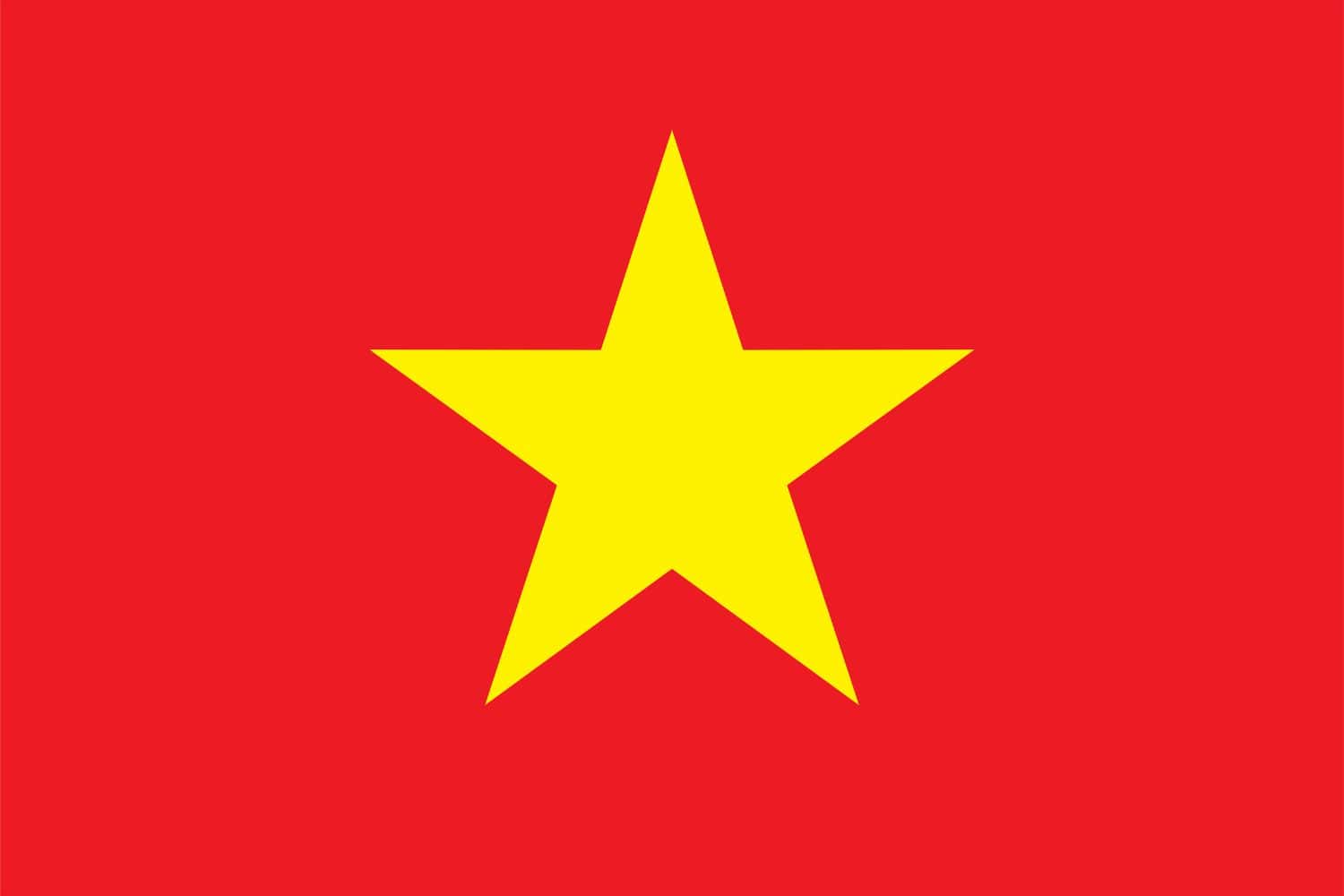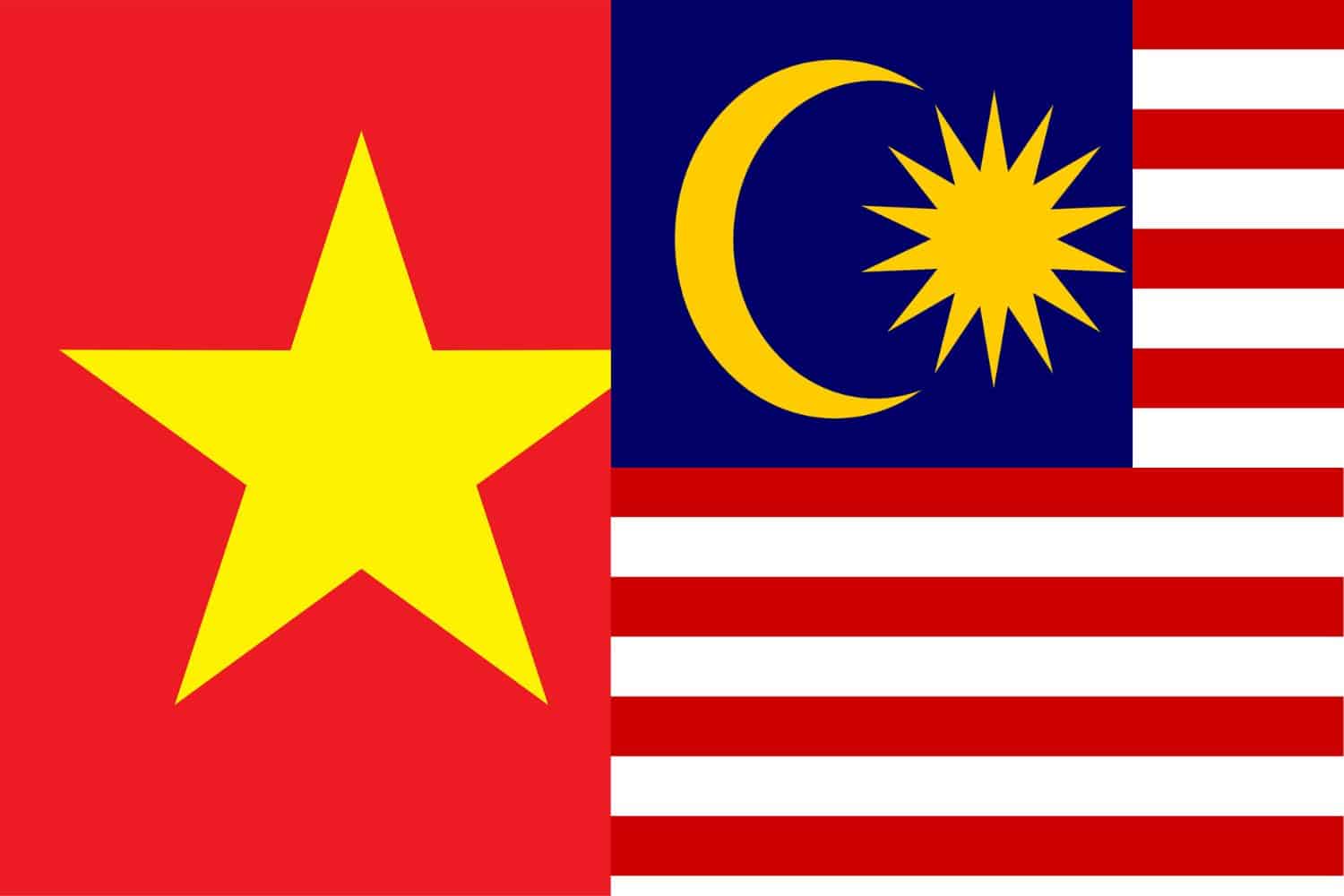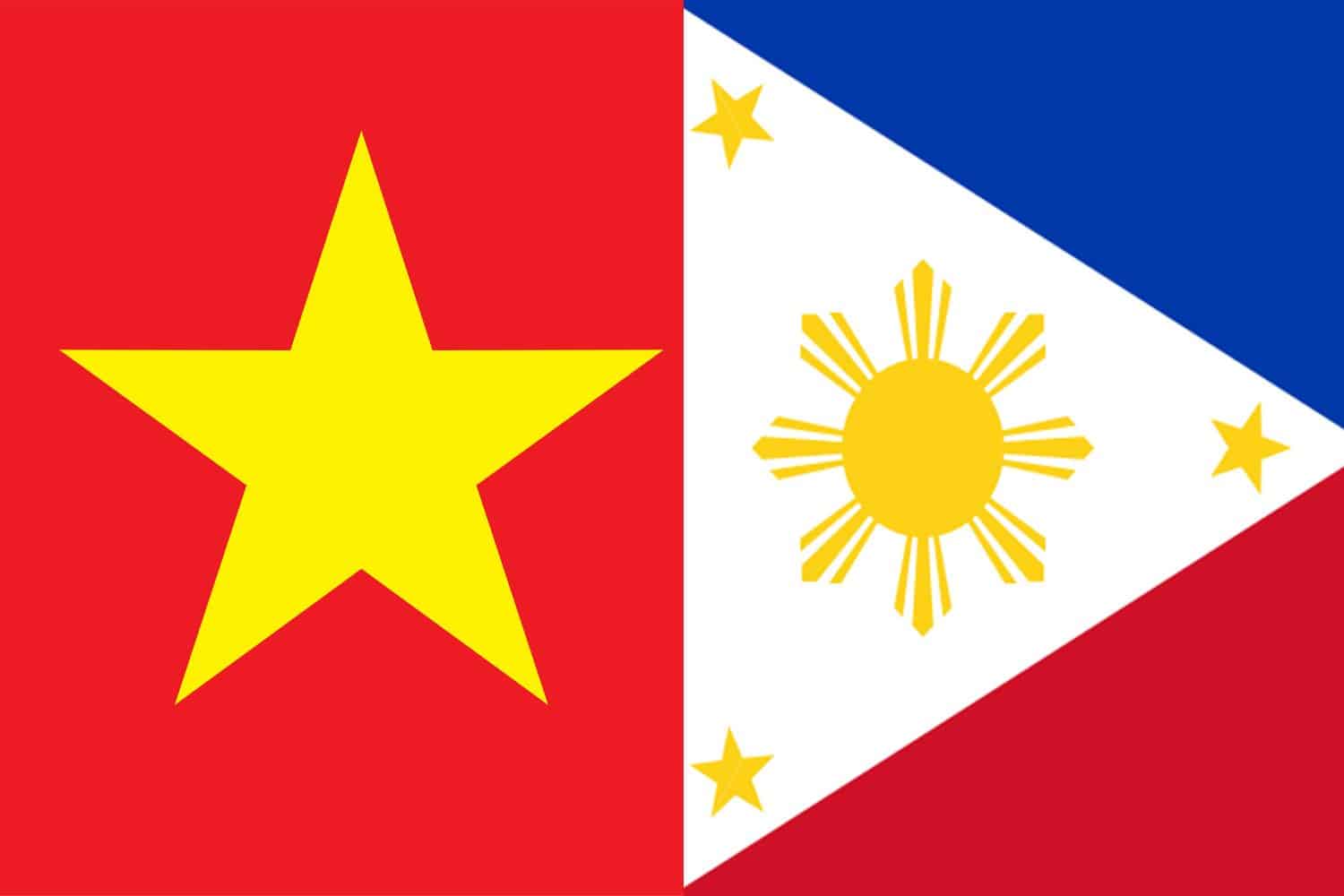Table of Contents
The Vietnamese flag, also known as the flag of Vietnam, holds a significant place in the nation’s history and culture. With its vibrant colors and meaningful symbolism, it represents the Vietnamese identity and heritage. In this article, we will delve into the intriguing aspects of the Vietnam flag, its design, historical background, and the symbolism behind its elements.
The Vietnam flag features a red field with a yellow five-pointed star at the center. The red color symbolizes bravery and valor, while the yellow represents hope and prosperity. The five-pointed star represents the Communist Party of Vietnam and has historical significance in Vietnamese culture.
Vietnam Flag: Colors and Symbolism
- The flag of Vietnam showcases a red field with a yellow five-pointed star at its center.
- The red color in the flag signifies the courage, determination, and sacrifices made by the Vietnamese people throughout their history.
- The yellow color symbolizes prosperity, optimism, and the rich landscapes of Vietnam.
- The five-pointed star represents the unity of the Vietnamese people and carries deep historical and cultural significance in Vietnamese tradition.
- The flag’s design embodies the nation’s aspirations, cultural heritage, and the spirit of solidarity among the Vietnamese people.
Flag of Vietnam

The flag stands as a powerful symbol that encapsulates the cultural significance and spirit of the nation. Its design consists of a red field with a yellow five-pointed star at the center. The red color symbolizes bravery and valor, honoring the sacrifices made by the Vietnamese people throughout history. The yellow color represents hope, renewal, and the vibrant landscapes of Vietnam. The five-pointed star holds historical and cultural significance, representing the unity and tradition in Vietnamese culture.
The history of the flag is intertwined with Vietnam’s rich heritage and struggle for independence. Adopted on September 2, 1945, the flag represents the unity and aspirations of the Vietnamese people.
Beyond its aesthetics, the flag from Vietnam carries deep symbolic meanings. The colors reflect the values and aspirations of the Vietnamese people, symbolizing bravery, hope, and unity. The five-pointed star represents historical and cultural significance in Vietnamese tradition, embodying Vietnam’s cultural heritage and serving as a reminder of the nation’s resilience and unity.
National Flag Etiquette and Protocol

Respecting the proper usage and display of the Vietnamese flag is of utmost importance. Understanding flag etiquette is essential, especially during national events and ceremonies. Learn about the protocols governing the handling, hoisting, and lowering of the flag. Discover the appropriate procedures for retiring or handling damaged flags, ensuring they are accorded the respect they deserve.
- Proper Handling: The Vietnamese flag should be handled with care and respect, ensuring it is not allowed to touch the ground or floor. It should be held upright and not dragged.
- Hoisting and Lowering: When hoisting the flag, it should be raised briskly and lowered ceremoniously. It is customary to hoist the flag at sunrise and lower it at sunset, although this may vary depending on the occasion or specific guidelines.
- Displaying the Flag: The Vietnamese flag should be displayed with a red background on top and a yellow star centered. It should be flown freely and not entangled or obstructed.
- Half-Staff: Lowering the flag to half-staff is a gesture of mourning or respect. This should be done on specific days of remembrance or when directed by authorities to honor national tragedies or the passing of significant figures.
- Flag Retirement: When a Vietnamese flag becomes damaged, torn, or worn out, it should be retired in a dignified manner. This can involve burning it in a respectful and solemn ceremony, following appropriate guidelines and local regulations.
- Flag Size and Placement: The size of the Vietnamese flag displayed should be proportionate to the size of the flagpole or display area. It is recommended to consult local guidelines or authorities for specific rules regarding flag size and placement.
- Respectful Disposal: If a flag cannot be retired through burning, it should be disposed of in a respectful manner. This can involve burying it or handing it over to authorized organizations that specialize in flag disposal.
Interesting Facts and Trivia

Embark on a journey of fascinating facts and lesser-known trivia about the Vietnamese flag. Discover unique features within the flag’s design that hold hidden symbolism. Uncover stories of famous incidents or events involving the flag that have left an indelible mark on the nation’s history and identity.
Rich Tapestry of History
- 1945: The current flag of Vietnam was adopted on September 5, symbolizing the unity and aspirations of the Vietnamese people.
- Colors and Symbolism: The red color represents bravery, valor, and sacrifices made by the Vietnamese people, while the yellow color symbolizes hope, renewal, and the fertile landscapes of Vietnam.
- Five-Pointed Star: The star at the center of the flag represents the guiding light of Ho Chi Minh, holding historical and cultural significance in Vietnamese tradition.
- National Identity: The flag embodies Vietnam’s rich history, cultural heritage, and the nation’s ongoing pursuit of unity, prosperity, and renewal.
These historical facts highlight significant moments in the history of the Vietnamese flag, showcasing its role in shaping Vietnam’s national identity and symbolizing its struggles and aspirations throughout the years.
Flag-Related Symbols and Emblems
A flag is not alone in representing the nation’s identity. Explore additional national symbols and emblems closely associated with Vietnam, understanding their significance and how they relate to the flag. Delve into their historical and cultural roots, further enriching your understanding of Vietnam’s heritage. It’s easy to travel and make a Vietnam tour to visit the country’s best destinations.
Symbolisms of the Vietnam Flag
The flag of Vietnam holds several symbolic elements that represent the nation’s history, values, and aspirations. Here are the symbolisms of the Vietnam flag presented in itemized form:
- Red Color: Represents bravery, valor, and the sacrifices made by the Vietnamese people throughout history.
- Yellow Star: Symbolizes hope, renewal, and the bright future of Vietnam.
- Five-Pointed Star: Represents the unity of the Vietnamese people, holding historical and cultural significance in Vietnamese tradition and symbolizing unity and tradition.
- Flag’s Design: Reflects Vietnam’s aspirations, cultural heritage, and unity among the Vietnamese people.
- National Identity: The flag serves as a powerful symbol that unifies the Vietnamese people, reminding them of their shared heritage and cultural identity.
- National Aspirations: Through its design and elements, the flag embodies the aspirations and values of the Vietnamese nation, including bravery, hope, unity, and tradition.
These symbolisms in the flag contribute to the country’s sense of identity and pride, reflecting its historical journey and cultural significance.
Flags of Similar Countries or Regions
Exploring the flags of neighboring countries or regions can offer fascinating insights. Compare and contrast the flags, examining similarities in design, colors, or symbolism. Discover historical and cultural connections between flags, illuminating shared influences or distinctive identities.
Vietnamese Flag vs Laotian Flag

Similarity: Both flags feature a red field.
Difference: The Laotian flag includes a blue horizontal stripe on the top and bottom.
Vietnamese Flag vs Cambodian Flag

Similarity: Both flags feature a red field.
Difference: The Cambodian flag includes a blue rectangle with a white temple and two five-pointed stars in the center.
Vietnamese Flag vs Chinese Flag

Similarity: Both flags feature a red field.
Difference: The Chinese flag includes five golden stars and a large yellow star on a red background.
Vietnamese Flag vs Thai Flag

Similarity: Both flags feature a red field.
Difference: The Thai flag includes horizontal blue and white stripes with a red field on the top and bottom.
Vietnamese Flag vs Malaysian Flag

Similarity: Both flags feature a red field.
Difference: The Malaysian flag includes a blue rectangle with a yellow crescent and a 14-pointed star in the upper-left corner.
Vietnamese Flag vs Filipino Flag

Similarity: Both flags feature a red field.
Difference: The Filipino flag includes a blue horizontal stripe on the top and bottom and a white equilateral triangle on the hoist side containing a yellow sun with eight rays.
Frequently Asked Questions (FAQs)
Discover answers to common questions related to the Vietnam flag picture. From its historical origins to the symbolism behind its elements, find concise and informative responses that address inquiries commonly posed by those curious about Vietnam’s flag.
What does the flag of Vietnam look like?
The flag of Vietnam consists of a red background with a single, gold, five-pointed star in the center.
What is the significance of the red color in the Vietnamese flag?
The red color represents the bloodshed and sacrifices made by the Vietnamese people in their struggle for independence and freedom.
Why does the Vietnamese flag have a single gold star?
The gold star represents the unity of the Vietnamese people in their pursuit of a socialist path toward development.
What is the historical background of the Vietnamese flag?
The flag design is inspired by the flag used during the August Revolution of 1945 when Vietnam gained independence from French colonial rule.
Has the design of the Vietnamese flag ever changed?
Yes, the flag underwent changes during different periods in Vietnamese history, but the current design has been in use since the reunification of North and South Vietnam in 1976.
What is the proper way to display the Vietnamese flag?
The Vietnamese flag should be displayed with a red background on top and a gold star on the left side when hung vertically.
Is it allowed to modify or alter the design of the Vietnamese flag?
No, it is not allowed to modify or alter the design of the Vietnamese flag in any way, as it is a symbol of the nation’s unity and sovereignty.
When is the Vietnamese National Flag Day celebrated?
Vietnamese National Flag Day is celebrated annually on November 19th, commemorating the day in 1946 when the flag was officially adopted.
What does the gold star on the Vietnamese flag represent?
The gold star represents the leadership of the Communist Party of Vietnam in guiding the country toward socialism.
Are there any specific rules for handling the Vietnamese flag during ceremonies or events?
Yes, there are guidelines for handling the flag during official events, including proper folding and unfolding procedures, which are taught to citizens as part of their civic education.
More About Vietnam
[the-post-grid id=”50446″ title=”Vietnam Main page”]
